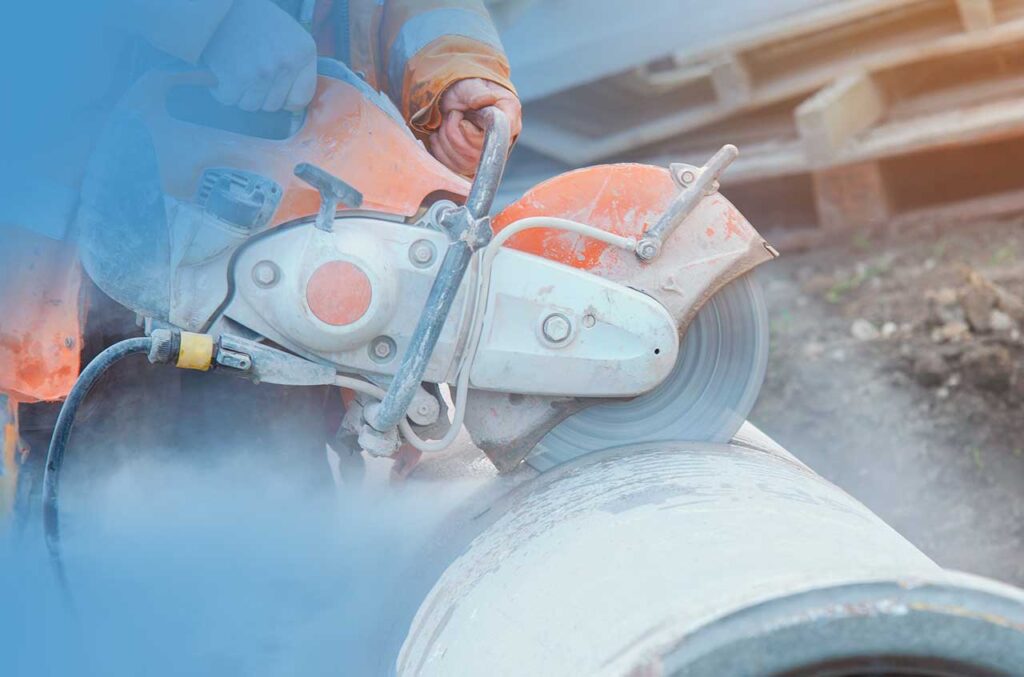The Health and Safety Executive (HSE) recently refreshed its guidance on health surveillance for individuals exposed to respirable crystalline silica (RCS). This updated guidance advises employers on the importance of regular health monitoring for workers who may be exposed to RCS dust. It also outlines expectations from health surveillance providers, ensuring that workers’ health is closely monitored to detect and address any early signs of silica-related health issues.
What is respirable crystalline silica?
Respirable crystalline silica is a form of silica that poses significant health risks when inhaled. Silica, a mineral commonly found in materials such as sand, stone, and concrete, becomes hazardous when these materials are cut, crushed, or ground, producing tiny particles of silica dust. These particles are small enough to be inhaled deeply into the lungs, leading to serious health concerns.
Health impacts of respirable crystalline silica
Exposure to respirable crystalline silica can result in a range of health issues, the most notable being silicosis. Silicosis is a lung disease caused by the inhalation of silica dust, leading to inflammation and scarring of lung tissue. Over time, silicosis can progress to severe respiratory complications, significantly impacting the quality of life. In addition to silicosis, exposure to crystalline silica is linked to other serious health conditions, including:
- Lung cancer: Prolonged exposure increases the risk of developing lung cancer.
- Chronic obstructive pulmonary disease (COPD): Silica dust can exacerbate respiratory issues, leading to chronic conditions.
- Kidney disease: Studies have shown a correlation between silica exposure and kidney damage.
Occupational exposure and preventive measures
Industries such as construction, mining, and manufacturing are particularly vulnerable to silica dust exposure. To mitigate these risks, regulatory guidelines and protective measures are implemented. These include:
- Dust control: Wetting down materials to prevent dust generation.
- Protective equipment: Using respirators and other safety gear.
- Ventilation systems: Ensuring proper airflow to reduce dust concentration.
Employers and workers must remain vigilant in managing exposure to respirable crystalline silica to safeguard health and comply with safety regulations.
Respirable crystalline silica is a hidden danger in many workplaces, with the potential to cause life-altering health conditions. Awareness, preventive measures, and adherence to safety standards are crucial in reducing exposure and protecting workers from its harmful effects. The updated HSE guidance G404 on health surveillance for those exposed to respirable crystalline silica can be downloaded from the HSE’s website.
